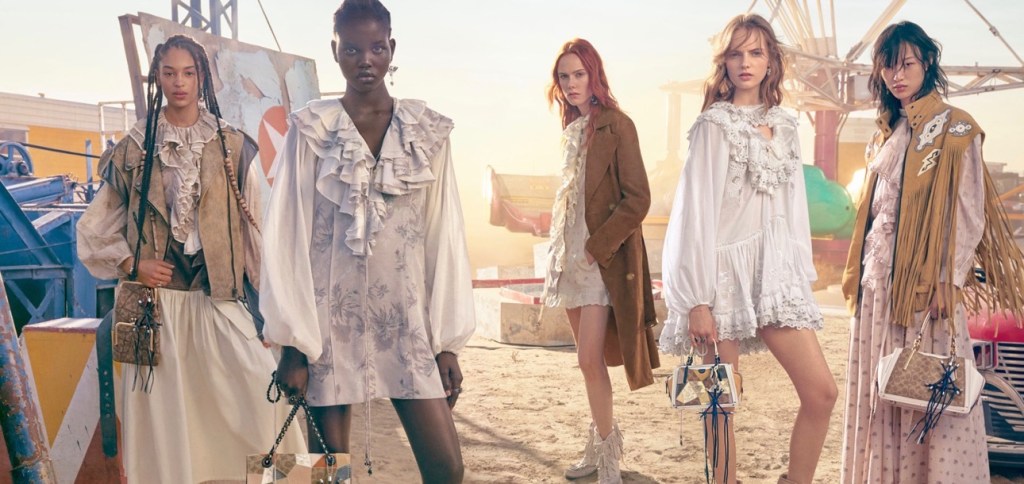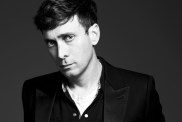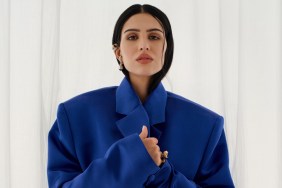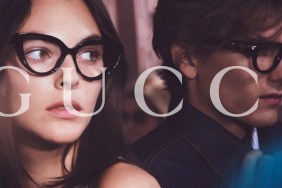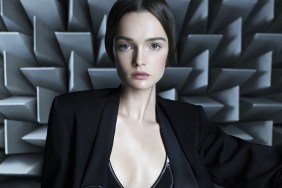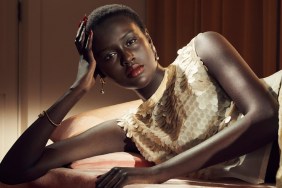Just from eyeballing billboards, magazines, Instagram and so forth, it’s clear that diversity in advertising is on the up-and-up. But too often we still get the feeling that the progress we’re seeing is merely headline-baity, gestural. For instance, just a few weeks ago, Calvin Klein, one of the industry’s more diversity-conscious brands, released a controversial campaign video in which supermodel Bella Hadid appears to make out with computer-generated influencer Lil Miquela. Critics accused the ad of queerbaiting: “CK’s ad borrows sexuality for clickbait, othering queerness as ‘surreal’ (and combining it with the added virtual human gimmick) as engagement-driving content,” wrote Emma Hope Allwood for Dazed.
Adding insult to injury, the brand didn’t even cast an LGBTQIA+ model. Calvin Klein was quick to apologize, but this visual, crafted by a relatively progressive brand, served to highlight another reality: it’s going to be a while before true inclusivity in fashion ads becomes the norm. And our most recent data underlines this fact.
RACE
First, the good news: racial diversity in ad campaigns is on the rise and has been for the past seven seasons. After assessing 188 Spring 2019 fashion print ads, we found that of the 529 model appearances, 34.97 percent were women of color, a 0.47 point increase over Fall 2018’s 34.50 percent. And thus it was the most racially diverse ad season ever.
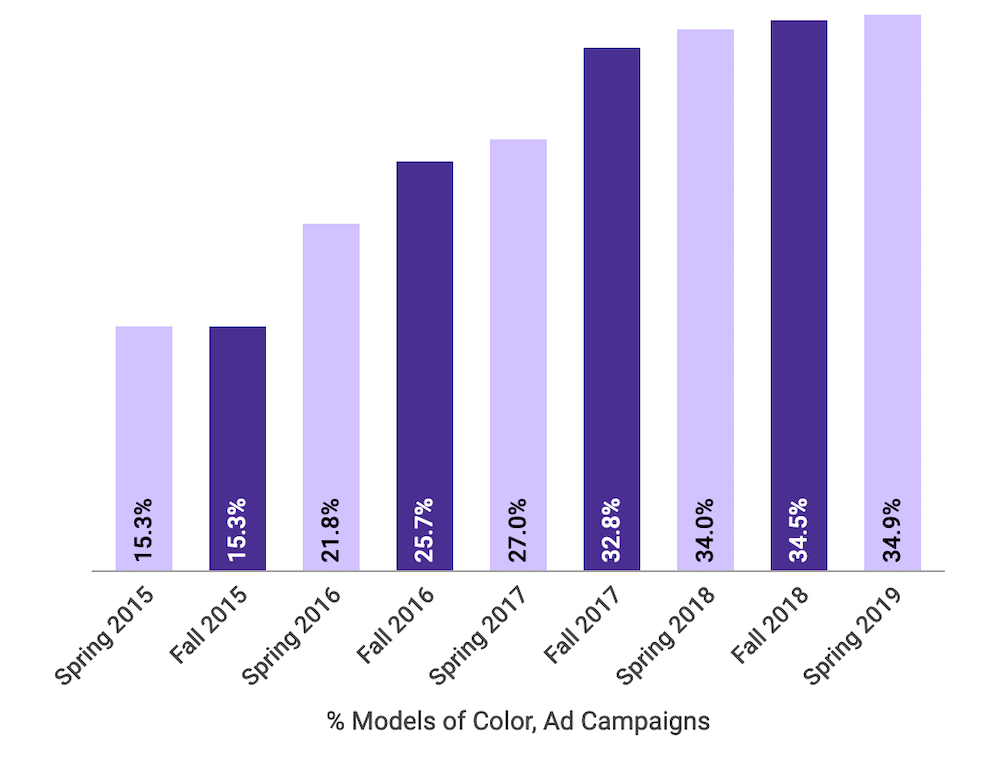
Still, progress has been slow. Less than half a percentage point isn’t a terribly significant improvement. What’s more, between Spring 2018 and Fall 2018, racial representation in ads grew by only 0.5 percent, between Fall 2017 and Spring 2018, only 1.2 percent. Some might even call that stagnation.
Regardless, it’s nothing compared to the progress we’ve seen on the runways in recent seasons. For instance, for Fall 2019, approximately 38.8 percent of runway models were nonwhite, a 2.7 percent jump from the season prior and the highest runway percentage we’ve seen.
Now for the bad news: aside from models of color, plus-size models were the only diversity category to see greater representation this ad season.
TOP MODELS
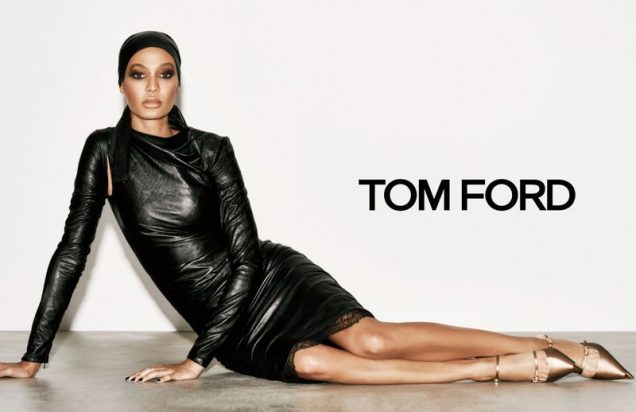
No, Spring 2019 wasn’t a banner season for age representation in ad campaigns (more on that later). Still, it’s encouraging that, for the second season running, it wasn’t a teen or 20-something who topped our most in-demand models list. Rather, 30-year-old Puerto Rican supermodel Joan Smalls booked the most campaigns (seven) of any model this season. (Recall that in Fall 2018, then 44-year-old Amber Valletta tied for most-cast model alongside 22-year-old Rianne van Rompaey, with, again, seven campaigns apiece.)
Second place was a five-way tie between Bella Hadid, Binx Walton, Anna Ewers, Kendall Jenner and van Rompaey, each of whom landed six campaigns. Adut Akech, Vittoria Ceretti, Rebecca Leigh Longendyke and Carolyn Murphy shared third place with five ads apiece.
Of the 10 models who landed the most Spring 2019 ad campaigns, four (40 percent) were nonwhite: Smalls, Hadid (who is of Dutch-Palestinian descent), Walton (mixed race, born in Tennessee) and Akech (who is originally from South Sudan).
(Again, while some may question our decision to label Hadid as nonwhite, given that she, admittedly, “passes” primarily as white, we hold that her genetics are not up for interpretation and one cannot dismiss her Palestinian background based on the color of her skin.)
PLUS-SIZE
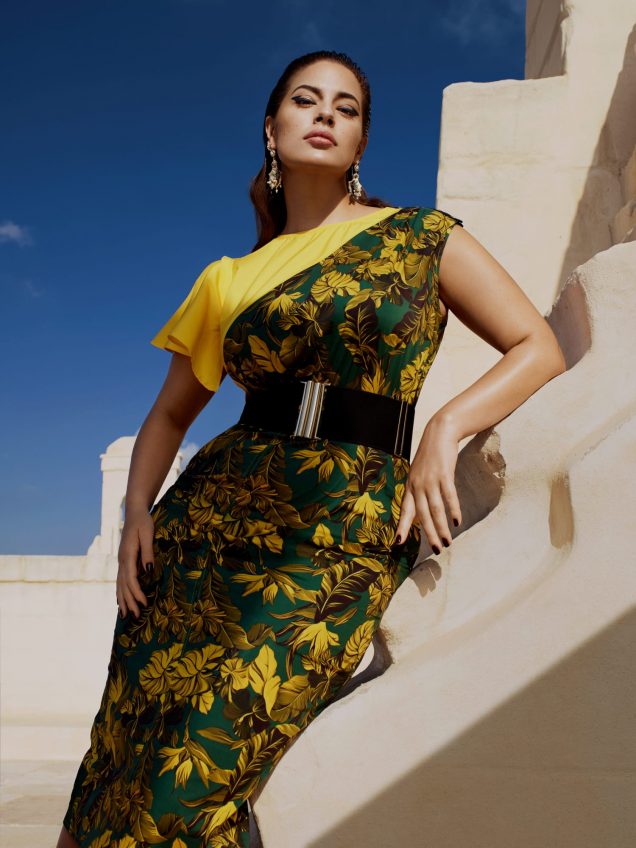
After a dismal Fall 2018 ad campaign season wherein casting of plus-size talent hit a record low — only seven models over size 10 were cast, meaning just 1.32 percent of ads starred non-straight-size women — for Spring 2019, brands redeemed themselves slightly. Of the season’s 529 campaign castings, 11 (2.08 percent) went to plus-size women. Sadly enough, this 0.76 bump was the highest increase in campaign representation experienced by any group we examined, models of color included.
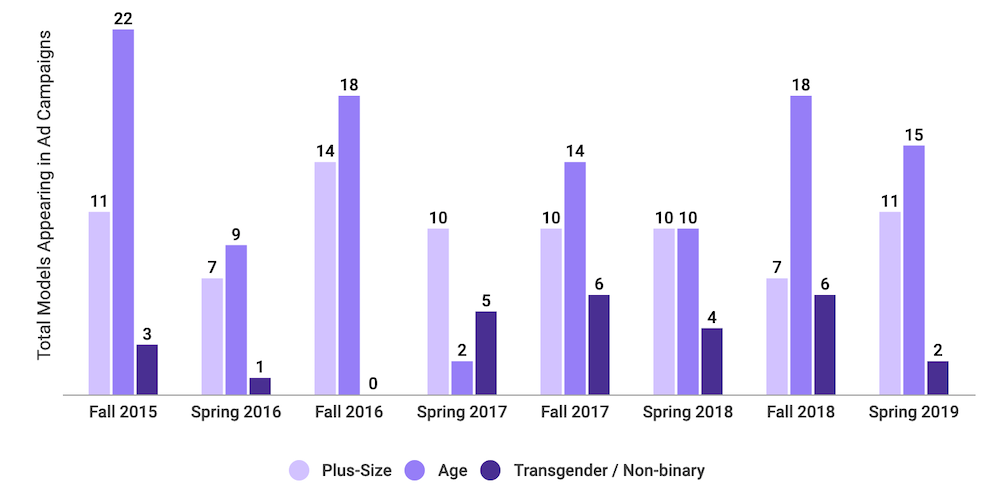
Contrary to expectations — plus-size castings were down on the recent Fall 2019 runways, typically a good indicator for upcoming ad campaign numbers — Spring 2019 was actually a relatively strong season for plus-size models. In fact, it tied Fall 2015 for the second-most size-inclusive ad season to date (after Fall 2016, which had 14 castings in this category).
But for all that, size inclusivity in ad campaigns is essentially just back to where it was between Spring 2017 and Spring 2018, when the percentage of plus-size castings remained mostly static over the course of three seasons, hovering around 2 percent (2.25 percent in Spring 2017, 2.19 in Fall 2017, 1.86 in Spring 2018).
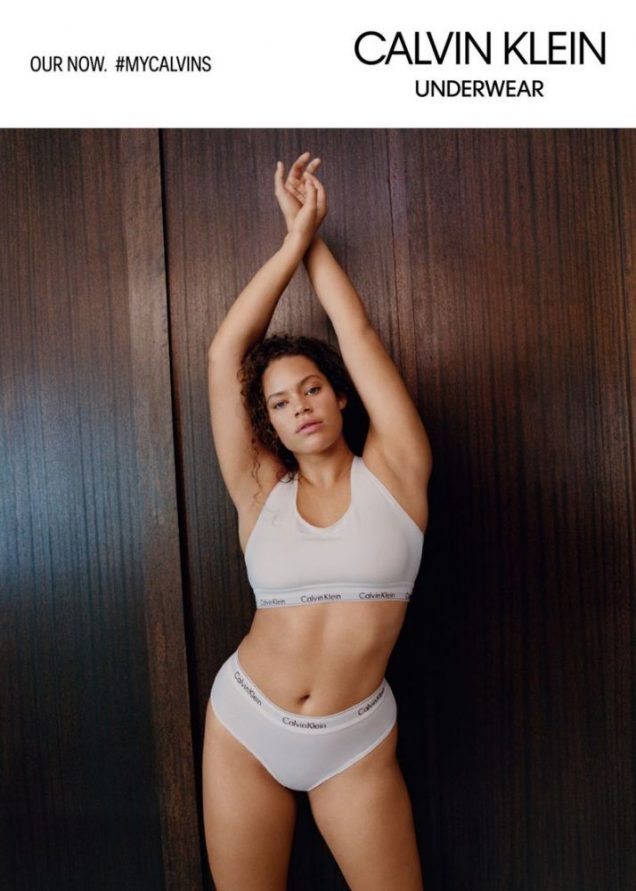
Per tradition, commercial and plus-size brands were responsible for the majority (six) of Spring 2019’s non-straight-size castings. In the former category: Tess McMillan for Nordstrom and Paloma Elsesser for Topshop Jeans; in the latter: Tara Lynn for Gloria Vanderbilt, Candice Huffine for Ann Taylor and Ashley Graham for Marina Rinaldi and Addition Elle.
Only three luxury brands — albeit two more than usual — chose to feature plus-size models alongside straight-size models in their campaigns: Marquita Pring and Huffine posed for Prabal Gurung, Solange van Doorn and rapper Chika Oranika for Calvin Klein Underwear, Graham for Dolce & Gabbana. (Paradoxically, the Italian fashion house has become known for its notably diverse ad imagery, despite designer Stefano Gabbana’s propensity for name-calling.)
On the bright side, not all of the plus models hired were white, though all were under age 50 and openly identify as cis. Four women of color (Pring, van Doorn, Oranika and Elsesser) landed coveted campaign spots.
TRANSGENDER/NON-BINARY
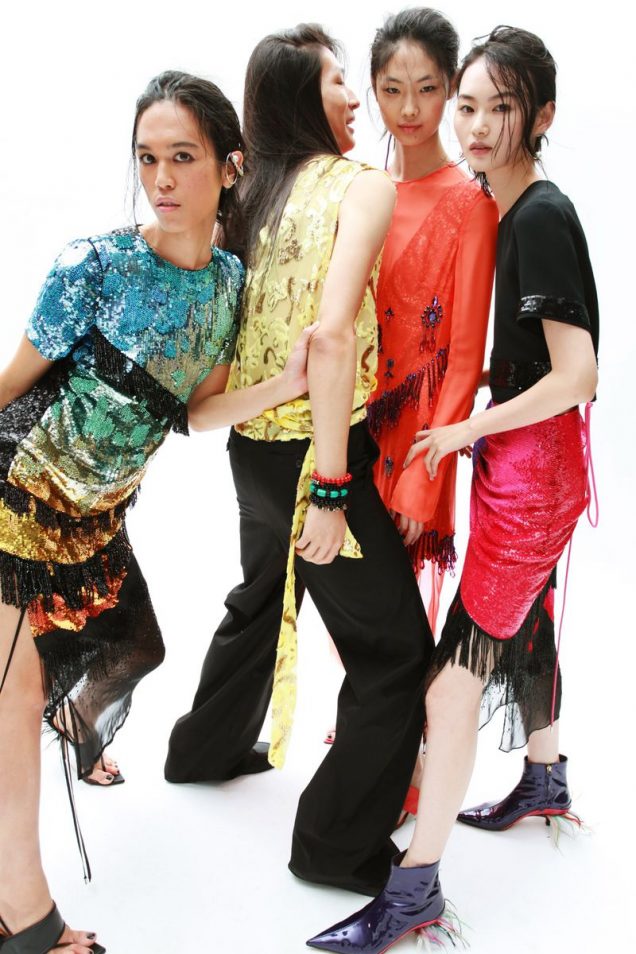
Representation for transgender and non-binary models fell to its lowest point in three years. Only 2(!) of the 529 model appearances we looked at belonged to this category — in other words, 0.38 percent. That’s a 0.75 decease from the Fall 2018 season (which saw six openly trans and non-binary models cast) and the third-lowest number we’ve seen since we began tracking gender identity in ad campaigns in 2015. (Fall 2016’s ads featured no trans or non-binary models, Spring 2016’s just one.)
Disheartening as it is, this decline in trans and non-binary castings should come as little shock to those who have been following our reports. Historically, openly trans and non-binary models tend to enjoy more popularity on the runways than in ad campaigns and during the most recent fashion month, the category experienced a steep drop-off in runway castings (from 91 in Spring 2019 to 56 in Fall 2019). This, obviously, did not bode well for models’ campaign prospects.
Plus, when it comes to trans and non-binary representation in ad campaigns, we generally set our expectations low, given that in our years of monitoring their castings, we’ve yet to see double digits. Season after season, trans and non-binary models are, almost without fail, the most underrepresented group. (The one exception being Spring 2017, when over-50 models fell to the bottom of the pile.)
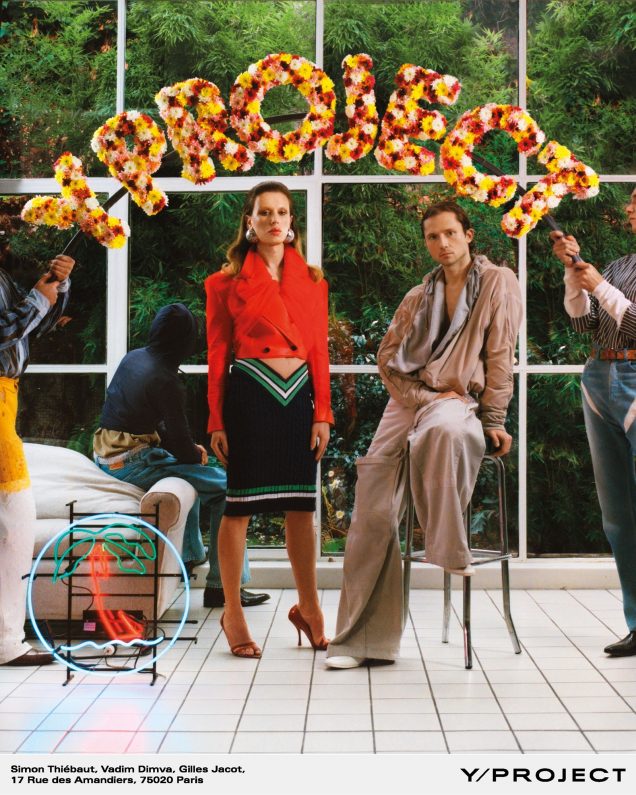
For Spring 2019, Y/Project and Prabal Gurung were the only brands to feature a transgender or gender nonconforming model. The former hired French model Simon Thiébaut, the latter Marc Jacobs regular Dara Allen. One-half of the castings went to a transgender woman of color (Allen) and both came from luxury brands so that’s something, we suppose.
Some might argue that, given transgender and non-binary people only make up, by most estimates, a little more than 0.6 percent of the population, 0.38 percent visibility amounts to adequate representation. But in an age where violence against trans people — and especially trans women of color — has reached an all-time high, more nuanced depictions of trans women are needed. It’s irresponsible for brands to elevate a few thin, light-skinned, cis-presenting models — capitalizing on their “edginess” — and then ignore the rest.
AGE
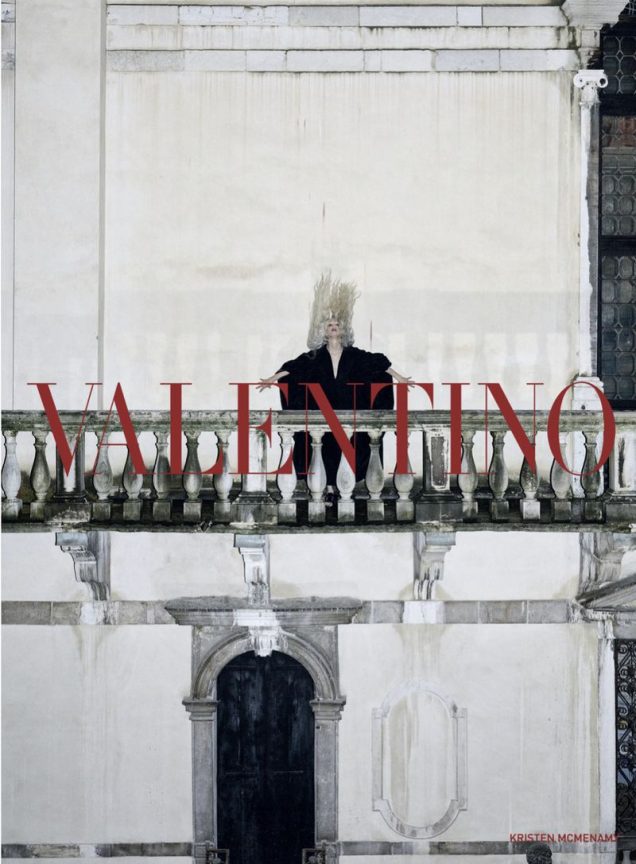
As has been the case nearly every ad campaign season — the one exception being Spring 2017 — models 50 and over were the best-represented of all the non-ethnic groups measured in our report.
That’s not to say brands made progress when it came to age inclusivity. On the contrary, for Spring 2019, casting of models in this category took a small step backward: 15 women in the age group starred in a total of 10 campaigns, accounting for 2.84 percent of castings. That’s three models, one campaign and 0.56 percent shy of last season’s figures, making Spring 2019 only the fourth-most age-diverse season on record (after Fall 2015, Fall 2016 and Fall 2018, in descending order).
Strangely, the opposite was true on the recent Fall 2019 runways, where women 50-plus were the least visible of all the groups and yet the only category to see any sort of improvement in representation. In fact, they had their strongest runway showing yet. But we digress.
Looking at intersectionality, not a single nonwhite, plus-size or transgender model age 50 and over landed a Spring 2019 campaign. One silver lining came from the fact that most (13) of the season’s disappointingly homogenous castings were the work of high-end fashion brands.
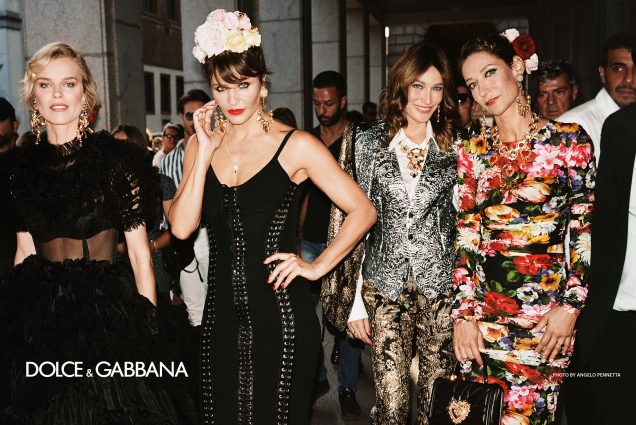
Dolce & Gabbana had the most (five) women aged 50 and up in its spring campaign, a mix of modeling and silver screen icons that included Helena Christensen, Carla Bruni, Marpessa Hennink, Monica Bellucci and Isabella Rossellini. (Christensen also posed for Rag & Bone.) Nineties favorite Kristen McMenamy, who opened Valentino’s Spring 2019 show, returned for the Juergen Teller-lensed campaign. Balenciaga, which often features nonprofessional models in its shows and ads, cast Britta Dion and Ursula Wångander, both of whom walked the brand’s Fall 2019 runway. Y/Project and Helmut Lang likewise took a friends and family casting approach: the former featured its “den mother” Frédérique Sebag, the latter Catherine Moore, mother of photographer Cian Moore, who shot the campaign. Spanish architect and designer Patricia Urquiola modeled Santoni’s leather wares; Vivienne Westwood represented her eponymous label for the fourth consecutive season. In the mass-market realm, 80s supermodel Yasmin Le Bon posed for Ann Taylor, Marian Moneymaker for Ralph Lauren’s Polo line.
Are big-name brands casting older models so as to pay tribute to fashion history? To achieve an air of authenticity? To tap into the disposable income of their older, more financially secure customer base? Some combination of the three? Whatever the case may be, it’s heartening that age representation in ad campaigns has remained relatively high over the years. Still, looking at Spring 2019’s conventionally attractive (white, thin, cisgender) 50 and over campaign stars, it’s clear the seasonal ads have a long way to go before they’ll count as truly age diverse.
MOST/LEAST DIVERSE CAMPAIGNS
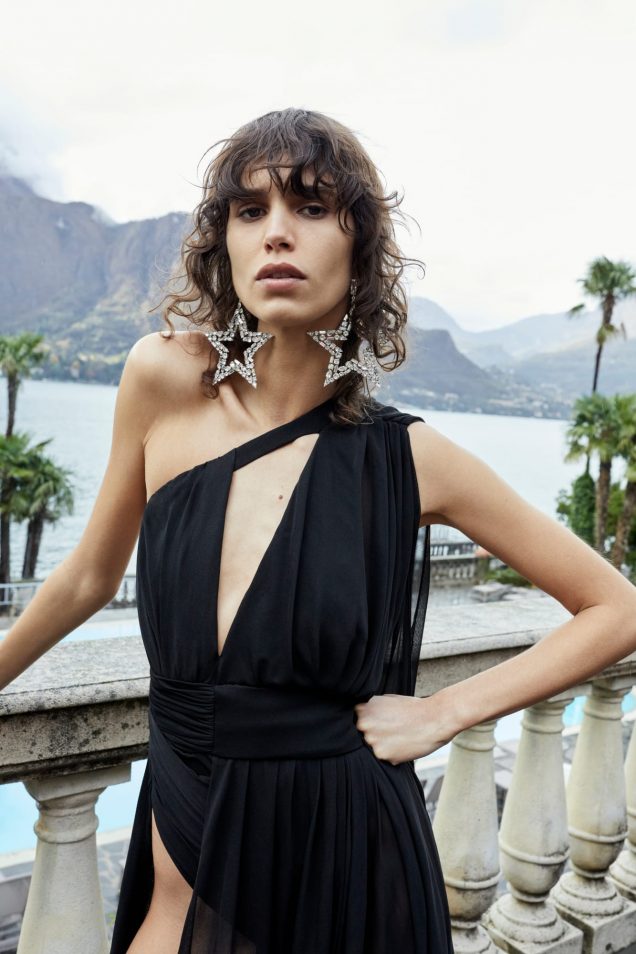
It’s no wonder racial diversity in ad campaigns barely edged forward. A surprising number of brands (eight!) featured zero models of color in casts of three or more. Namely: JW Anderson, Celine, Bottega Veneta, Emporio Armani, Sisley, Moussy Jeans, Elisabetta Franchi and Max Mara Weekend. (To think Emporio Armani made our list of racial diversity standouts as recently as last season.)
Meanwhile, for all his advocacy of women’s reproductive rights, Alessandro Michele seems less concerned with racial equality: only one of Gucci’s nine Spring 2019 campaign models was a woman of color (around 11 percent).
Saint Laurent and Balenciaga, no strangers to our least-diverse campaigns list, each hired only one out of seven models of color (a little over 14 percent). Both brands are notoriously exclusive: the former cast no models of color in its campaigns for 14 years (between 2001 and 2015), the latter was at the center of February 2017’s Paris Fashion Week casting scandal.
Dolce & Gabbana, another repeat offender, hired only two out of 12 models of color (close to 17 percent). Similarly, both Guess and Y/Project featured just one model of color in lineups of six (near 17 percent). Huge, mass-market chains Zara and Desigual also paid little mind to racial inclusion, casting only one model of color each in lineups of five (20 percent). (You’d think they’d want to represent the breadth of their customer bases.)
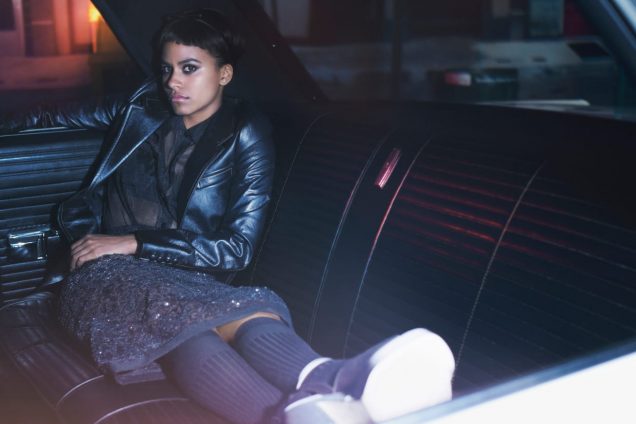
Needless to say, it’s disturbing that so many of the industry’s most influential voices — Michele, Hedi Slimane, Jonathan Anderson — continue to ignore calls for racial inclusion. Even brands like Dolce & Gabbana, Balenciaga and Y/Project, which, for Spring 2019, championed size, age and transgender representation, respectively, didn’t seem compelled to show multiple forms of diversity.
On a happier note, a number of brands did put racial diversity front and center in their Spring 2019 ads. They were, in descending order: United Colors of Benetton (80 percent models of color), American Eagle Outfitters (80 percent models of color), MICHAEL Michael Kors (75 percent models of color), Prabal Gurung (73 percent models of color), Alexander McQueen (71 percent models of color), UGG (67 percent models of color), Gap (67 percent models of color), Fendi (67 percent models of color), DKNY (67 percent models of color), Coach (67 percent models of color), Calvin Klein Performance (67 percent models of color), CK Calvin Klein (67 percent models of color), H&M (64 percent models of color), Tiffany & Co. (60 percent models of color), Prada (60 percent models of color), Miu Miu (60 percent models of color), Penshoppe (60 percent models of color), Kurt Geiger (60 percent models of color) and Calvin Klein Underwear (58 percent models of color).
Note: United Colors of Benetton also topped our list last season, when it hired 82 percent models of color. Other returning Fall 2018 campaign diversity champs include Fendi (75 percent models of color), DKNY (75 percent models of color), Gap (75 percent models of color) and Coach (50 percent models of color).
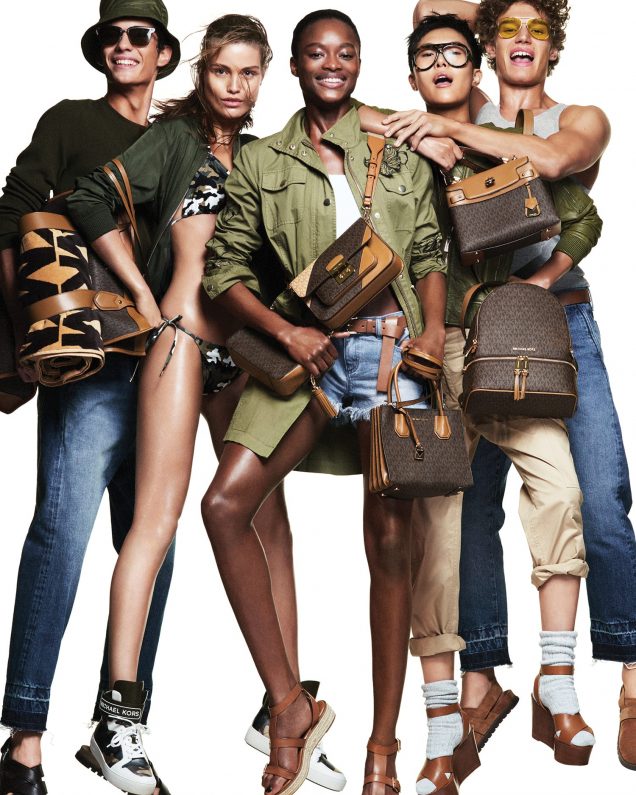
Without question, Prabal Gurung’s Spring 2019 campaign featured better across-the-board diversity than any other this season. Photographed by Kyla Rae Polanco, the ads starred nearly 40 models, 73 percent of them models of color, one a transgender woman of color (Dara Allen), two of them plus-size, one of those plus-size models a Latina (Marquita Pring).
Thankfully, Gurung’s weren’t the only ads to showcase multiple forms of diversity. Nordstrom’s spring campaign “The Nature of Spring” was 40 percent racially diverse and one of the few to feature a plus-size model. Similarly, Calvin Klein Underwear’s star-studded, 58 percent nonwhite cast included two non-straight-size women, one mixed race, one black.
And though they failed miserably on the racial diversity front, we’d be remiss not to acknowledge both Dolce & Gabbana and Y/Project. The former hired more models age 50 and over than any other brand (five), not to mention one plus-size model (Ashley Graham); the latter was the only brand to feature both a woman over 50 and a transgender model in its spring ads.
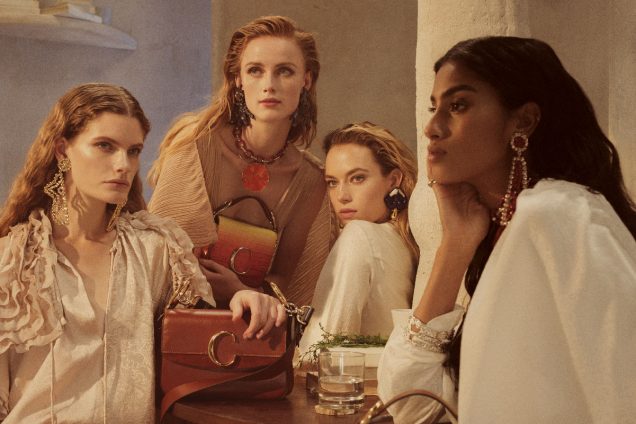
And there you have it. Racial representation in ad campaigns is only up by about 1 percent from a year ago. Non-straight-size women were no more visible this season than four years ago. Transgender and non-binary models actually landed fewer castings than when we first looked at these stats and age inclusivity once again dipped below where it was in Fall 2015, begging the question: how much of the progress we’ve seen is actually real?
Additional reporting by Mark E.
Only women were included in the data of this report. Models of color were categorized as those of nonwhite or mixed backgrounds. The term “model” includes celebrities and influencers, sometimes referred to as nonmodels.
